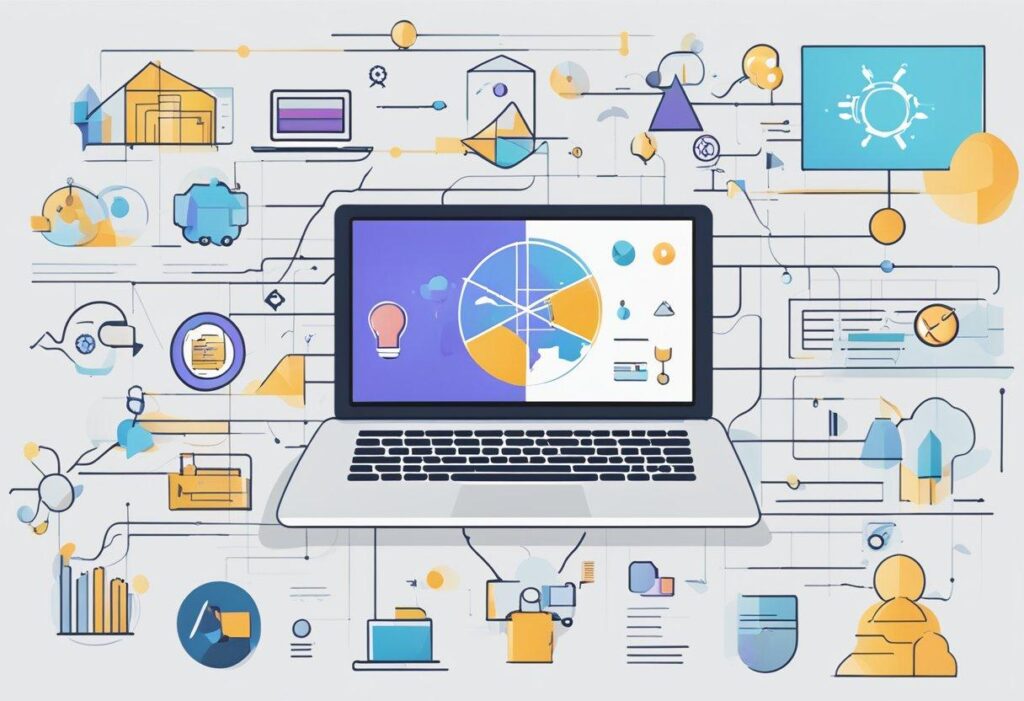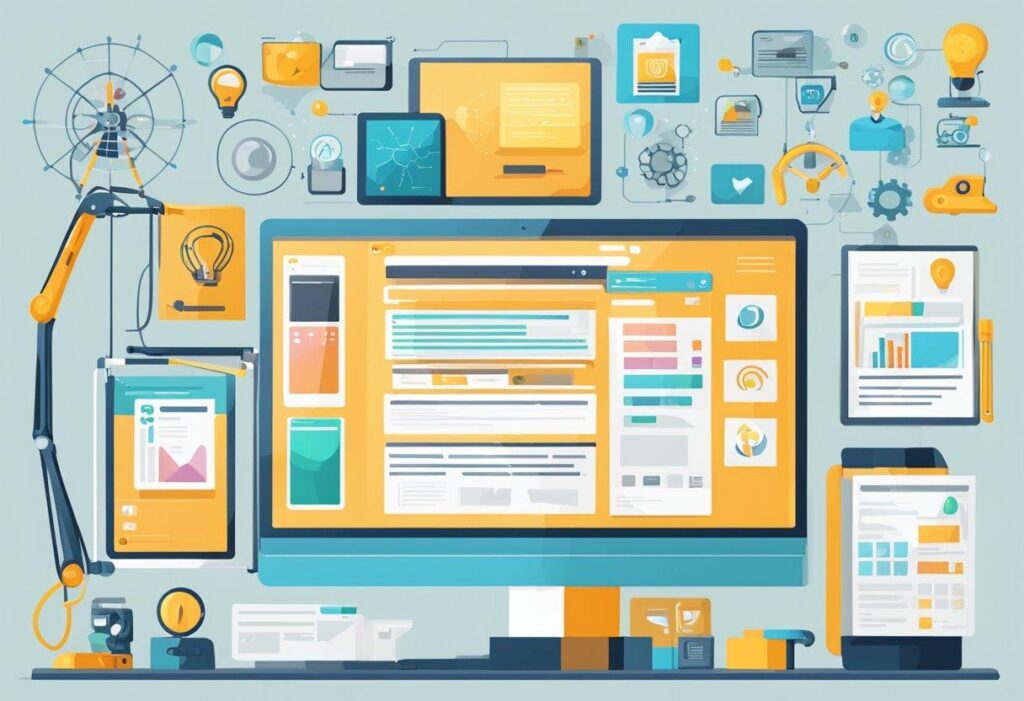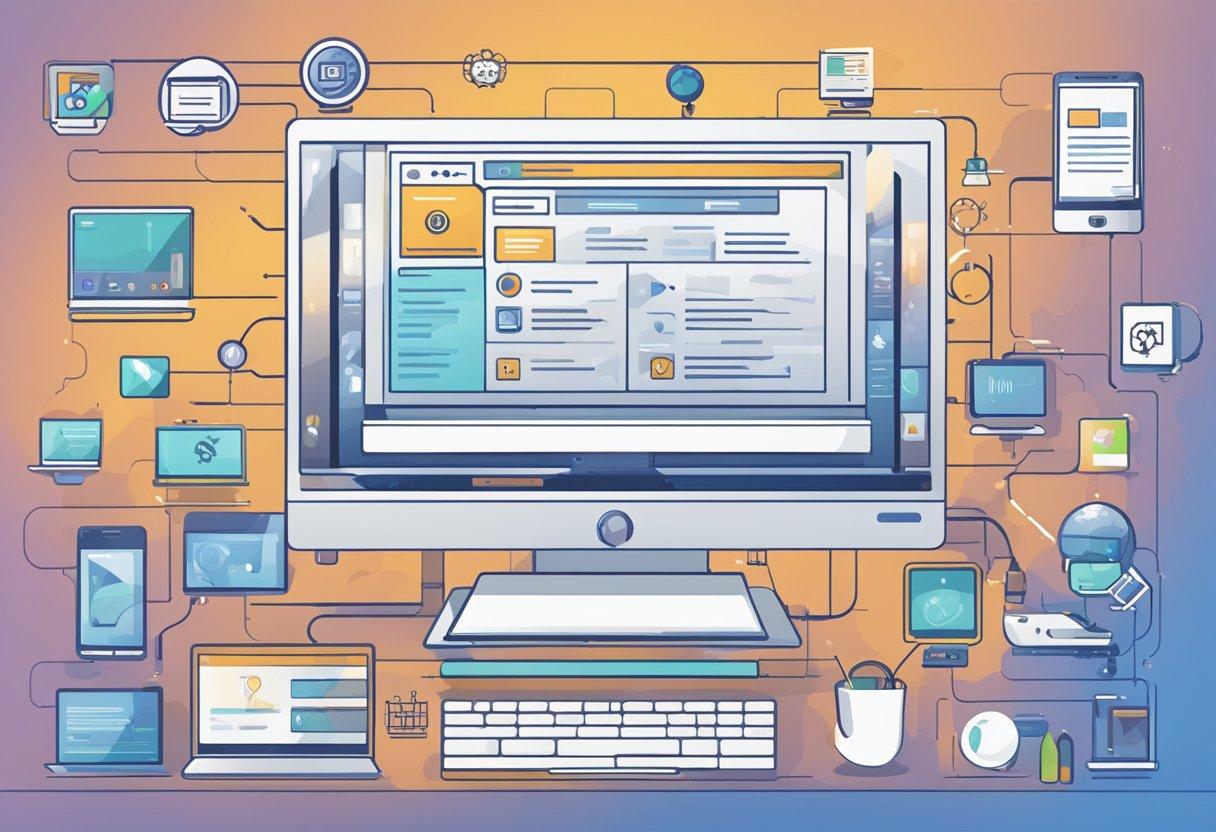Web accessibility is all about making sure that websites, tools, and technologies are accessible and usable for people with disabilities. In a world where technology continually evolves and inclusivity becomes more globally emphasized, the field of web accessibility is in a constant state of advancement, driven by new trends and technologies. As digital platforms increasingly become a staple in daily life, the imperative for accessible web design is underscored, with progress often spurred by legal mandates, user demand, and technological innovation.
A key player in this evolving landscape is artificial intelligence (AI). AI is at the forefront of developing solutions that aid in everything from content personalization to conducting real-time accessibility evaluations. These innovations are not only improving experiences for users with disabilities but are also making the process of rendering digital content accessible more efficient. Additionally, legal developments are influencing this domain, prompting businesses and organizations to make web accessibility a priority in their digital strategies.
The field of digital accessibility is expanding with the integration of cutting-edge technologies. Innovations like advanced voice recognition software and sophisticated AI tools are leading the way, offering novel methods to surmount accessibility barriers. The adoption of these technologies is a testament to a commitment to inclusivity, ensuring the web remains an inclusive domain where everyone, regardless of their abilities, can engage fully and equally.
Key Principles of Accessible Web Design and Development

In the ever-evolving field of web design and development, accessible web design and development stand paramount, ensuring inclusivity and usability for all. This section highlights the main pillars critical to fostering accessibility in the digital landscape.
Inclusive Web Design Approaches
Inclusive design emphasizes web solutions that cater to the needs of a diverse range of users. This involves creating web design and development services that consider various abilities, ensuring that everyone can use the web effectively. In practice, this translates to features like easy navigation, clear content structure, and consistent interface design. These approaches not only benefit users with disabilities but also offer an improved experience for all.
Compliance with Web Content Accessibility Guidelines (WCAG)
Compliance with WCAG is central to accessible web development. WCAG guidelines serve as the benchmark for accessibility, providing a framework for web design and development professionals to create content that’s perceivable, operable, understandable, and robust. By adhering to these principles, web design and development services ensure that digital content is accessible to people with a wide range of disabilities.
Assistive Technologies and Adaptive Strategies
Web development must accommodate assistive technologies such as screen readers, braille terminals, and speech recognition software. Implementing adaptive strategies like alternative text for images, keyboard navigation support, and transcripts for audio content allows these technologies to function seamlessly, giving users with disabilities equal access to information and functionality.
Advancements and Tools for Enhancing Web Accessibility

Navigating the evolving landscape of web accessibility, organizations are adopting a variety of advancements and tools designed to improve the user experience for individuals with disabilities. These solutions not only facilitate compliance with accessibility standards but also enable a more inclusive digital environment.
Content Management Systems (CMS) for Accessibility
WordPress and Drupal are prime examples of Content Management Systems that have made significant strides in web accessibility. Both platforms offer themes and modules specifically designed to ensure that websites are navigable, operable, and understandable for users with disabilities. For instance, WordPress includes accessibility-ready themes that adhere to Web Content Accessibility Guidelines (WCAG) standards. Similarly, Drupal’s Accessibility Module provides features like form label announcements and inline form error identification, enhancing accessibility efforts of a web design and development company.
Automated Accessibility Testing Tools
Tools like WAVE or Axe have been developed to aid web development and design agencies in the automated detection of accessibility issues. These tools provide them with the ability to scan websites for accessibility violations quickly, which are then reported for manual review or immediate correction. Automated testing complements human expertise but does not replace the need for manual testing, as not all accessibility issues can be detected by algorithms.
Ongoing Web Maintenance for Accessibility
Regular web maintenance is crucial for sustaining accessibility over the lifespan of a website. Agencies specializing in web design and development must implement a process to continually audit and update websites to address evolving accessibility standards and user needs. Ongoing maintenance ensures that content remains accessible to all users, including those with disabilities, and helps protect businesses from legal risk associated with non-compliance.





